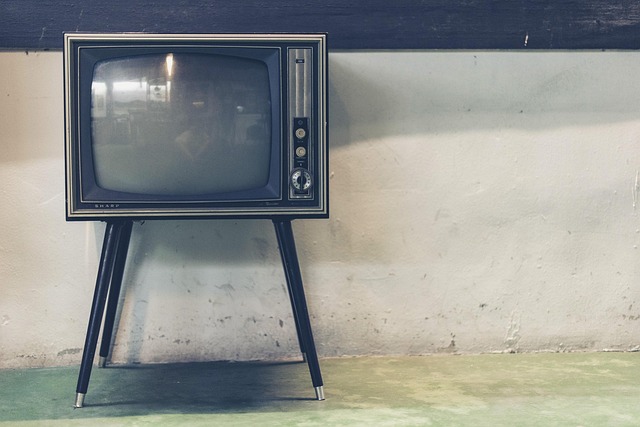The Endangered Era: Navigating the Analog Broadcasting Landscape in Television
There’s a certain nostalgia wrapped up in the crackling sound of an analog broadcast. For decades, analog broadcasting was the heartbeat of television, connecting families around grainy screens that flickered with stories, news, and entertainment. But as the digital age surges forward, this once-ubiquitous technology is quietly retreating into the shadows, leaving behind a landscape both familiar and increasingly rare.
Analog broadcasting, with its roots stretching back to the earliest days of television, was more than just a method of transmission—it was a cultural phenomenon. The gentle swoosh of the VHF dial, the occasional static that invited viewers to engage with their sets rather than merely consume content passively, all defined an era where watching TV was as much an experience as the programs themselves.
Yet, the undeniable limitations of analog—susceptibility to interference, limited bandwidth, and lower resolution—paved the way for a swift digital takeover. Today, in many parts of the world, analog signals have been replaced or are on the verge of being replaced entirely by digital broadcasting, promising clearer pictures and crisper sound. Still, for those who grew up during the height of analog, the transition feels like an end of an era, a farewell to the imperfections that gave their viewing experiences a unique character.
For enthusiasts and communities clinging to the analog era, navigating this evolving landscape raises poignant questions. How does one preserve the charm and accessibility of analog broadcasting amid rapid modernization? Are there still places where analog caters to audiences underserved by digital infrastructure? The answer lies in embracing the change while honoring the legacy.
Some broadcasters and hobbyists work tirelessly to keep analog signals alive—whether through community-driven projects, vintage equipment restorations, or small-scale analog transmitters. These efforts act as living museums, a bridge connecting past and present, emphasizing the value of diversity in how television reaches its audience.
Moreover, the analog era reminds us of the power of simplicity and resilience. While digital technology offers incredible advantages, the analog broadcast’s simplicity made television accessible and affordable to many generations. It also fostered a participatory spirit—tuning, adjusting antennas, and even creating homemade antennas—activities that are rare in today’s plug-and-play digital environment.
As viewers and creators, embracing the analog heritage can enrich our appreciation of television’s journey. It offers a lens through which to understand the technological innovations that shape our access to information and entertainment and reminds us how far we’ve come without losing sight of the foundational experiences that defined the medium.
In the end, navigating the analog broadcasting landscape today isn’t just about clinging to old technology; it’s about recognizing a pivotal chapter in television history. An era where the fuzziness on the screen mirrored life’s imperfections and the shared joy of discovery in every flicker.




